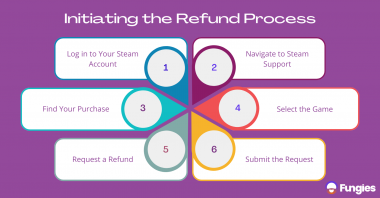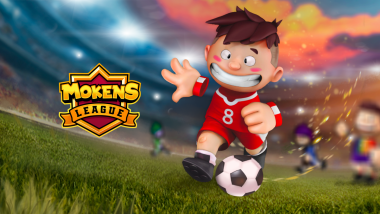Collectible card games are something everyone in their thirties and forties is probably familiar with. No matter if you invested your pocket money in the original Magic the Gathering decks or settled for some less popular and known cards. CCGs were definitely a thing in the 1990s. Now the teenagers from that time are grown up with their own entertainment budgets looking for a thrill they remember from the past. The new digital generation of collectible card games is ready to respond to this need.
Let’s have a look at the journey CCGs made from first decks to crypto-based digital games.
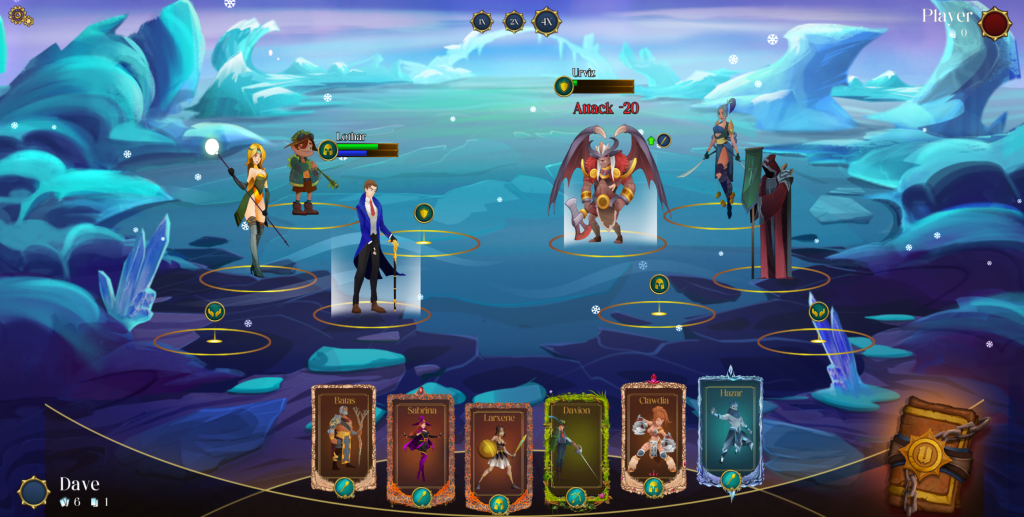
What is a Collectible Card Game?
If, however, for some reason, you still don’t know what the CCGs are, let us start with a short introduction. (If you’ve spent hundreds of hours playing MTG with your friends, you can safely skip this part).
The definition from Wikipedia is the perfect place to begin the explanation quest:
“A collectible card game (CCG) is generally defined as a game where players acquire cards into a personal collection from which they create customized decks of cards and challenge other players in matches. Players usually start by purchasing a starter deck that is ready to play, but additional cards are obtained from randomized booster packs or by trading with other players. The goal of most CCGs is to beat one’s opponent by crafting customized decks that play to synergies of card combinations.”
In other words, to be a successful player, you need to combine experience (you need to know how to play) with a deck that’s strong enough and well-balanced. Since the booster packs are randomized, CCGs also come with a slight thrill of gambling. One can never be certain what cards they buy in the next booster pack.
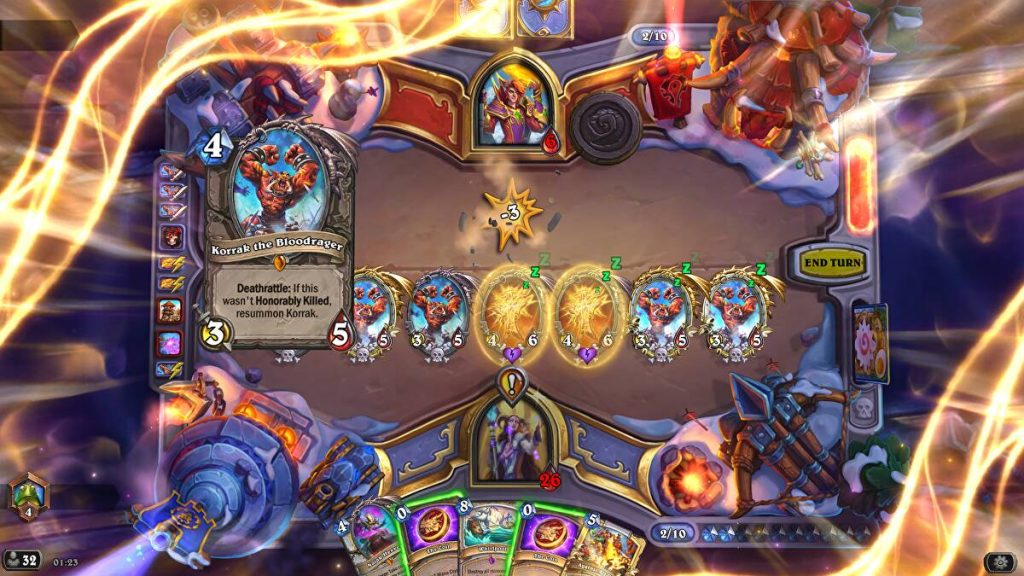
The History of CCGs
The most popular and well-known of all collectible card games is Magic the Gathering. Many claim that the genre was actually born with it. While it is mostly true, ideas are not conceived out of nowhere. There were collectible cards before Magic, and some of them were used to play games. Yet, it was Magic the Gathering that first combined all the elements that we now call the Collectible Card Game.
It’s interesting to take a look at what Magic was inspired by. So we invite you to start the journey into the world of CCGs from there.
Collectible Cards Before Magic
Cards have been used for entertainment since the fourteenth century. Yet, we are talking here about “traditional” cards. So the connection to the collectible card games lies only in the medium.
Having said that, the first modern card game was only issued in the twentieth century. Have you heard of baseball cards? If you are familiar with American pop-culture you must have. They are so popular that no wonder, the first-ever modern card game was a Batter-Up Baseball game from 1947. It was followed by the Baseball card game produced by the largest baseball card manufacturer Topps in 1951.
However, as much as baseball cards were extremely popular as collectibles (some of them even being sold as virtual goods long before the era of NFTs, but that’s a different story), they never reach significant popularity as games.
Still, until the emergence of Magic the Gathering in 1993, there were several other notable card games building the audience for the Magic phenomenon. The most popular were: Strat-O-Matic, Nuclear War, BattleCards, and Illuminati. So the idea of building a game around the deck of cards is not exclusive for MTG.
From the games mentioned above, BattleCards are sometimes argued to be the first CCG. However, since the cards could only be used once, it lacks the thrill of building the deck’s power.
Magic the Gathering – The First Modern CCG
In 1993 Magic the Gathering was published and revolutionized the market of card games. In fact, it will not be an overstatement to call MTG “THE collectible card game.” There even is the entire South Park episode centered around it! How did it happen?
Every MTG fan can tell you there is one name to remember: Richard Garfield. Since his early childhood, he was a huge fan of games. He’d known from his own experience that they can help form friendships disregarding cultural differences and even lack of common language. Later on, he became fascinated with the world of fantasy. Those two passions let him come up with the idea of the game that revolutionized the industry.
Ironically enough, when he first approached the publisher Wizards of the Coast, he wanted them to publish the board game called RoboRally. However, they decided the design was interesting, but too expensive to manufacture. They challenge Garfield to come up with the game that could pay for the publication of RoboRally.
This is how Richard Garfield came back to the idea of the game he conceived in his teens. Inspired by the Baseball Card Game, he decided it should be played with cards with the deck being the character. In 1993 Magic the Gathering was published, and the rest is history.

The Magic and CCG Craze
The demand for Magic the Gathering decks was so high that Wizards of the Coast were not able to print enough copies. It is estimated that in 2015 more than 20 million people played regularly. No wonder other studios quickly saw the new market. The 1990s can be called the decade of CCGs. Nevertheless, there were only a few titles that survived for longer (Vampire: The Eternal Struggle, Redemption, Hatalom Kártyái Kártyajáték). The position of Magic the Gathering as a market leader was safe.
But with the beginning of the twenty-first century, computers began to gain prominence in every area of everyday life. How could this influence the market that, by very definition, was very analog? Stay tuned for the next section.
The computers and CCGs
Collectible card games, along with other card games and board games, are often seen as a completely different category of entertainment than video games. Yet, the two first decades of the twenty-first century proved this belief to be completely wrong.
First, board games, card games, and video games tend to share the same audience. And it was only a matter of time before game studios and publishers joined forces to provide an entirely new kind of experience, joining the analog with the digital.
We are now witnessing the second wave of this revolution, with NFTs entering the collectibles market and crypto games changing the landscape of video games. Ultiarena is a platform that joins both of these trends, providing an entirely new way to enjoy video and card games.
But let’s go back to the beginning first and take one more look at MTG.
Magic: The Gathering Online
It took Wizards of the Coast less than ten years to realize the potential of the Internet. Magic: The Gathering Online debuted in 2002. It’s the online space that enables players to build virtual decks and play with opponents from around the globe. In 2007 it was estimated that MTGO constituted from 30% to 50% of the entire Magic business.
Having said that, we need to remember that MTG is primarily a paper game, and its digital incarnation is just a cherry on top of millions of regular offline players. That’s why its entire layout, gameplay, and mechanics were designed to resemble the classic Magic the Gathering match. Even the online decks can be (under strict regulations) swapped for paper ones. But years went by, and competition grew stronger, so in 2021 MTG Arena came to life.
MTG Arena
MTG Arena was designed with the new generation of players in mind. Its colorful, eye catchy, and animated design matches what is known from modern video games. Unlike the MTGO Arena is completely free to play, and the more you play, the more powerful your deck becomes (sure, there is an option of in-app purchase). Overall, MTG Arena is meant for less experienced players looking primarily for fun and not professional tournaments.
Hearthstone
Blizzard Entertainment is one of the most notable video games studios. When they enter the market, their product is bound to be successful. No wonder they are behind one of the most popular online CCG – Hearthstone.
When MTG entered the online world, they acknowledged that there are people willing to merge their analog experience with the digital. Blizzard’s entrance sent the clear message – there’s money in online CCGs. They clearly were right since Hearthstone is the most profitable online collectible card game yielding 395 million dollars in 2016.
Ironically enough, Hearthstone is becoming more and more prominent in eSports. That is how the game based on the very analog concept from 1993 is starting to shape the future of gaming – a twist no one would imagine.
Gwent
Another online collectible card game worth mentioning is Gwent. Although many players see its origin in the video game The Witcher, it was first described in the series of novels the game was based on. So again, Gwent went from analog to digital. Apparently, CD Project Red saw so much potential in the game that they decided to make a separate product out of it.
Gwent is much younger than Hearthstone, not even to mention the MTG, and its player base is steadily expanding. In 2019 it was nominated for the “Most Promising New eSports Game” at the 2019 SXSW Gaming Award.
Given that Gwent belongs to the category of CCGs and comes from the universe of The Witcher, we can safely assume its popularity is only going to grow.
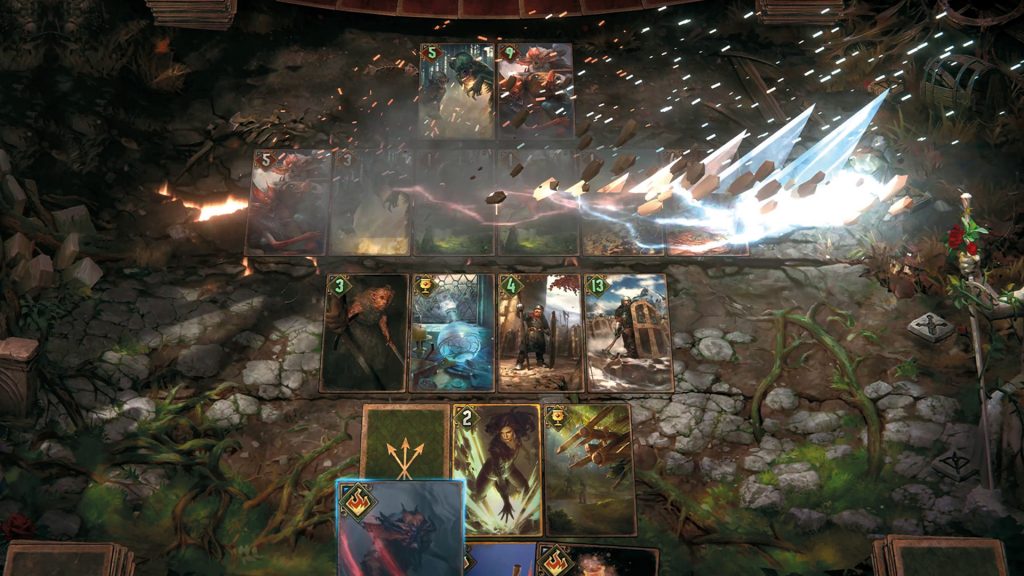
Others
Digital collectible card games were initially fueled by the love for analog ones. Right now, the market is divided chiefly between Magic the Gathering and Hearthstone. However, there are plenty of developers who are trying to take a bite of this cake.
We’ve mentioned Gwent, which comes from an extremely popular universe giving it a slight competitive advantage. However, googling digital CCGs yields lots of results, promising experience better than the leading two. It’s obvious that MTG – the concept born in the 1990s still resonates with the audience. And transferring this experience into mobile devices opened a completely new chapter.
CCGs can now be played on the go, and even if no one around shares your craze, you can still compete with other players. Something that was beyond imagination in 1993. And it’s not over. With cryptocurrencies gaining popularity, CCGs are going to be transformed yet another time.
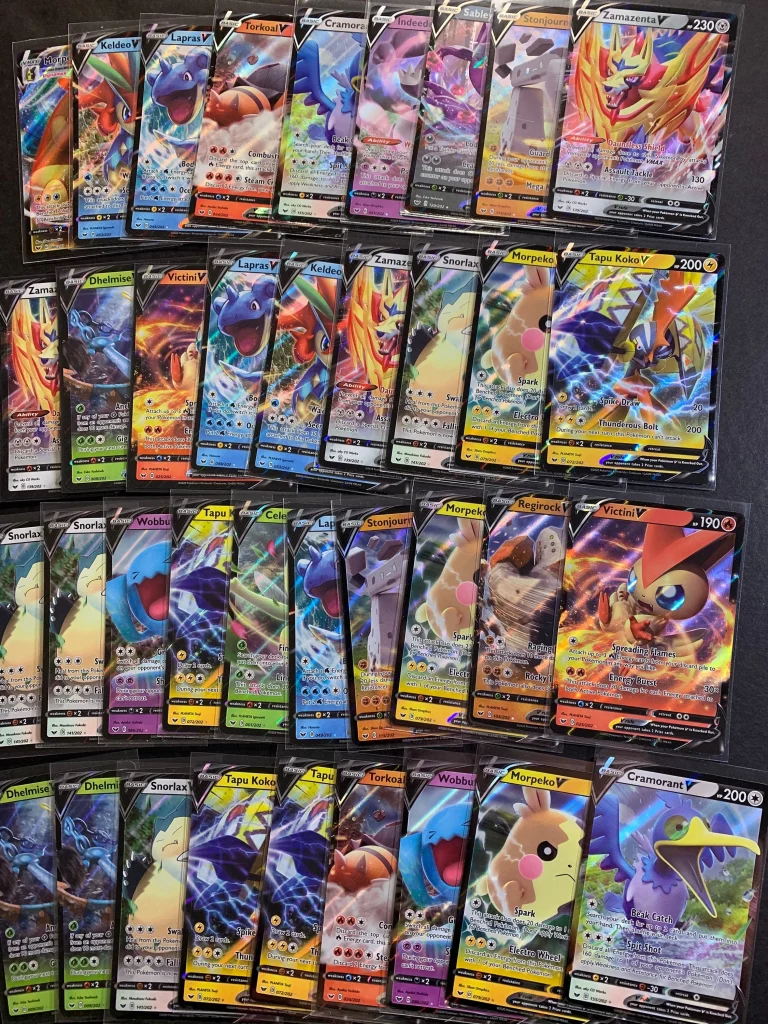
Crypto Collectible Card Games
With cryptocurrencies gaining popularity and NFTs entering the picture, it was only a matter of time before they were used for building a collectible card game. After all, it’s a perfect technology for such a purpose. It provides instant monetization and ensures the uniqueness of resources. And on top of this all, it’s entirely decentralized, so there is no institution or company responsible for pricing or other decisions.
The market of crypto collectible card games is growing along with the crypto and NFT markets. It means it’s growing stunningly fast. It also means that there are plenty of new players entering it.
The crypto CCG they’ll create will surely be worth a try.
Summary
Collectible card games are around for almost thirty years now, and they have proved to be much more than a fad. They successfully adjust to technological transformations, only gaining popularity in the process. There are millions of people playing them regularly, be it with the use of printed cards, mobile and desktop devices, or the crypto network. And on top of them, there are thousands playing them professionally, and with eSports gaining prominence, this number is still growing. The very idea of the CCG seems to be absolutely timeless.




